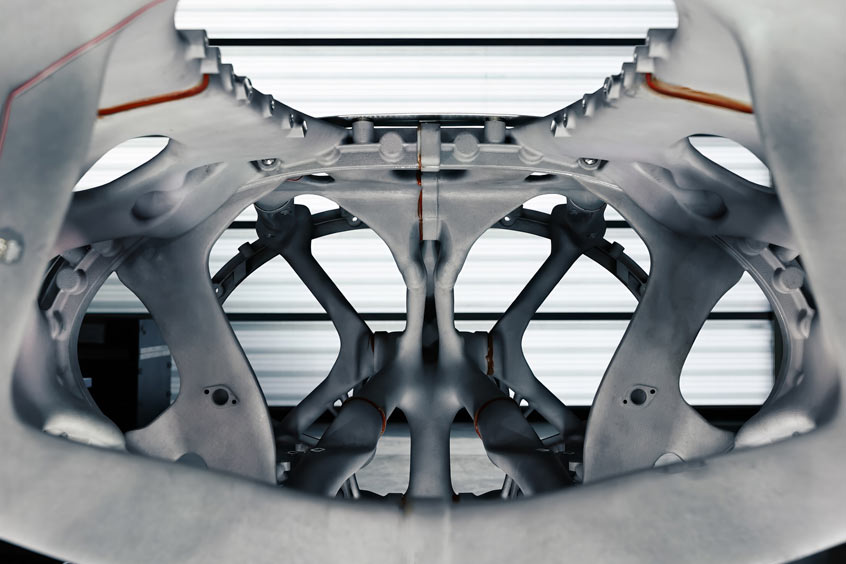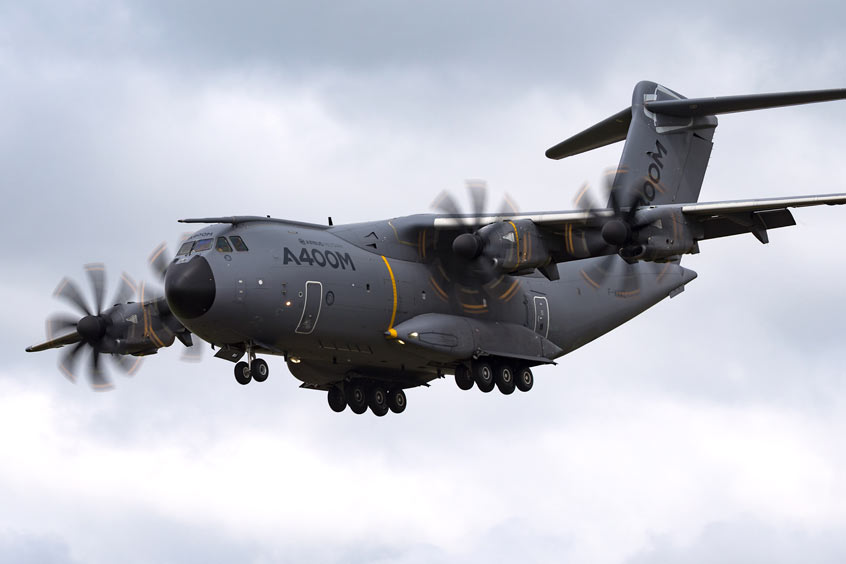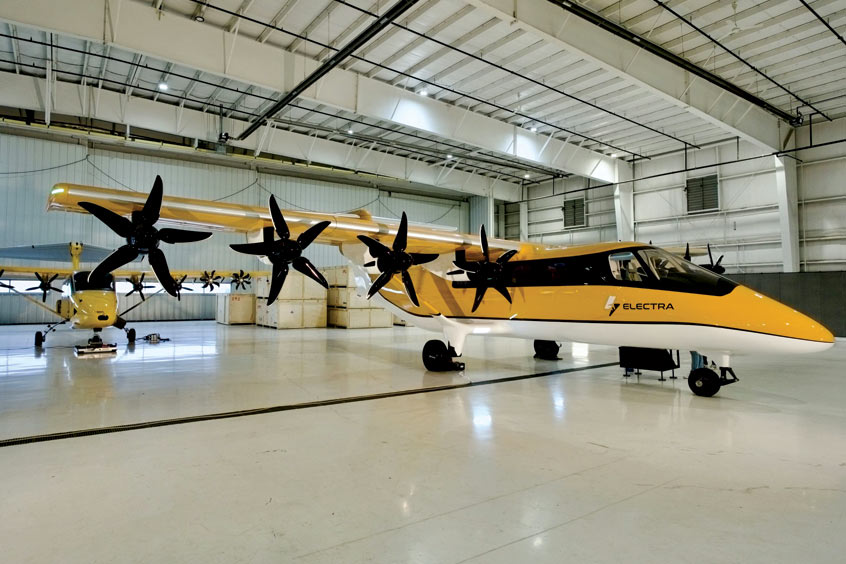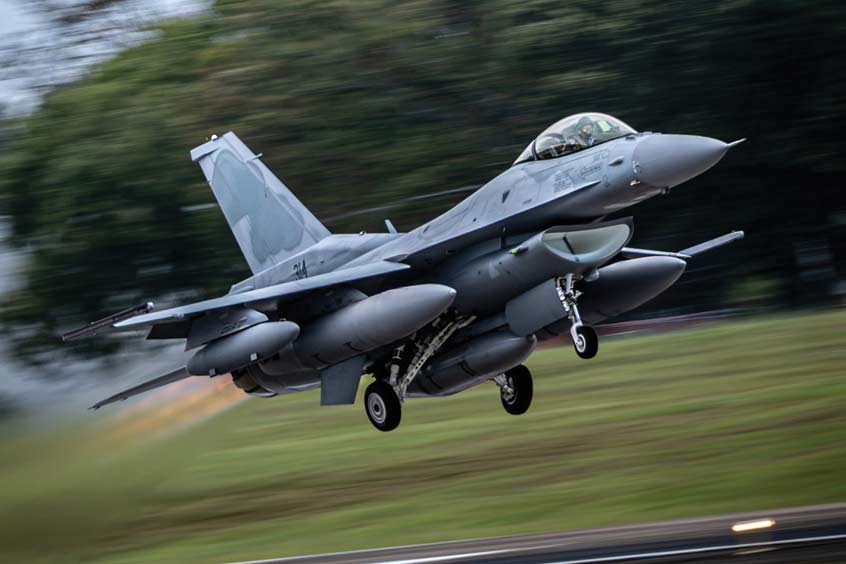PRESS RELEASE
Issued by: GE Aerospace Engines
GE Aviation's capability to execute and deliver the most advanced turboshaft engines for the U.S. Army's Future Vertical Lift (FVL) modernization is accelerating, leaving GE well-positioned to deliver unique, multi-generational military products for the next generation of rotorcraft.
By the end of 2020, GE Aviation will complete the transition of nearly 1,000 engineers from its commercial programs to its military programs. This has been a strategic three-year process to meet the U.S. military's need to upgrade and improve the number of aircraft available at any given time. This includes support of Future Attack Reconnaissance Aircraft (FARA), Future Long-Range Assault Aircraft (FLRAA) and the Future Affordable Turbine Engine (FATE) program.
Here's a current overview at GE's progress on next-generation rotorcraft with the Army:
T901
GE Aviation is committed to the Army's goal of accelerating the testing and delivery of GE's T901 engine to enable fielding of ITE-powered Boeing AH-64 Apaches and Sikorsky UH-60 Black Hawks as soon as possible.
GE's T901 engine was developed to improve capabilities for the Warfighter. The T901 engine meets or exceeds all Army requirements for the 3,000 shp Improved Turbine Engine Program (ITEP). Compared to GE's T700 which reliably powers the Army's Black Hawk and Apache fleets, the T901 engine offers more than a 50 percent increase in power, better fuel efficiency and lower lifecycle costs while minimizing other changes to these helicopters.
A team of 250 employees and growing in Lynn, Mass., and Cincinnati, Ohio, is executing on the Engineering Manufacturing Development (EMD) phase of ITEP. GE has completed kickoff meetings and initial technical reviews and is now manufacturing long lead hardware for the T901 program's first engine to test (FETT) to achieve the accelerated schedule.
ITEP is a fundamental piece of the Army's modernization focus, which includes using the T901 engine in FARA, capability set one of FVL. The Army has selected GE's 3,000-shp T901 for FARA.
"We're ready to execute on this contract and deliver the improved capabilities of the T901 to the Warfighter," said Tony Mathis, president and CEO of GE Aviation's Military Systems business. "We've invested in the resources and infrastructure to execute immediately and we are honored to be chosen by the Army to continue powering their Black Hawks and Apaches for decades to come."
FATE
GE continues to develop technologies in the FATE program with the Army. FATE is designed to meet a series of aggressive goals including a 35% improvement in specific fuel consumption, 80% increase in power-to-weight, 20% improvement in design life and 45% reduction in production and maintenance costs relative to currently fielded engines. FATE technologies are critical to enabling future turboshaft engines as well as upgrades of all GE engines including engines to power FLRAA aircraft.
T408
GE Aviation, in coordination with the Army and Boeing, is preparing for ground testing on a CH-47F Chinook powered by two GE T408 turboshaft engines. Ground testing is scheduled to begin in October and run for six weeks with 25 hours of flight tests planned immediately afterward.
This demonstration is to evaluate the feasibility and benefits of higher-power engines while assessing and reducing the technical risks of integrating advanced engines in a Chinook aircraft. At 7,500 shaft horsepower, the T408 engine provides a combined 5,000 shp more than the legacy Chinook engines. This effort is proceeding under a Cooperative Research and Development Agreement (CRADA).
GE is also developing a derivative T408 turboshaft engine which incorporates FATE learnings and technologies for the larger FLRAA program with the intent to deliver the Army a military-qualified, off-the-shelf engine that meets FLRAA requirements.
Three 7,500 shp-rated T408 engines provide the power for the U.S. Navy's CH-53K King Stallion, enabling the aircraft to carry a 27,000-pound external load over a mission radius of 110 nautical miles in Navy high/hot weather conditions.
YT706
GE is collaborating on the single-engine Sikorsky S-97 Raider with its YT706 engine, a 2,600 shaft-horsepower T700 variant that includes a FADEC. The Raider aircraft is an industry-funded, risk-reduction demonstrator that is supporting Sikorsky's entry into FVL, FARA and FLRAA initiatives.
"Since engine selection, we've continued to collaborate closely with Sikorsky to ensure our YT706-700 engine is properly mated to the aircraft and is prepared to provide optimum performance," said John Martin, GE's Director of Advanced Turboshaft Programs, who added that there were several design-installation challenges and specific requirements to accommodate single-engine features.
T64
GE Aviation continues to team with Bell on the advancement of the V-280 Valor. GE is providing logistical, engineering, integration and onsite flight test support of the Valor's T64-419 engines. GE remains committed to supporting the Bell test plan through the end of the Technical Demonstration phase.
The V-280 reached its namesake cruising speed of 280 knots true airspeed in January. As the program evolves, V-280 flight testing will continue to prove out Bell's key performance parameters and reduce FVL risk in the U.S. Army led Joint Multi-Role Technology Demonstrator (JMR-TD) program. The next stages will expand the performance envelope highlighting further low-speed agility maneuvers, angles of bank and autonomous flight.
"This is a unique opportunity for us to partner on a technology initiative and for our proven T64 engine to expand its horizons," said Linda Smith, Director of the T408 and T64 programs.
Open Systems
GE Aviation is maturing elements of the Modular Open Systems Approach (MOSA) initiative. Its efforts will allow FVL mission systems to be more easily upgraded over a quicker timeline and at a lower cost. GE has completed Joint Multi-Role Technology Demonstrator (JMR-TD) projects to incorporate MOSA elements within the mission system architecture and development process. These elements include maturing model-based systems engineering processes and tools, refining government-owned reference architectures, employing open standards and exploring data rights to allow for future competition.
| Contact details from our directory: | |
| GE Aerospace Engines | Turbofan Engines, Turboshaft Engines, Turboprop Engines |
| Sikorsky, a Lockheed Martin company | Airframer |
| Boeing Defense, Space & Security | Airframer |
| Related aircraft programs: |
| Sikorsky S-97 Raider |
| Sikorsky S-70A Black Hawk |
| Boeing AH-64 Apache |
| Related directory sectors: |
| Engines |
Weekly news by email:
See the latest Bulletin, and sign up free‑of‑charge for future editions.

Saab advances digital manufacturing with autonomous fuselage

Airbus deploys Stratasys printed parts for A320, A350 and A400M

Electra kicks off Part 23 application for hybrid-electric EL9
